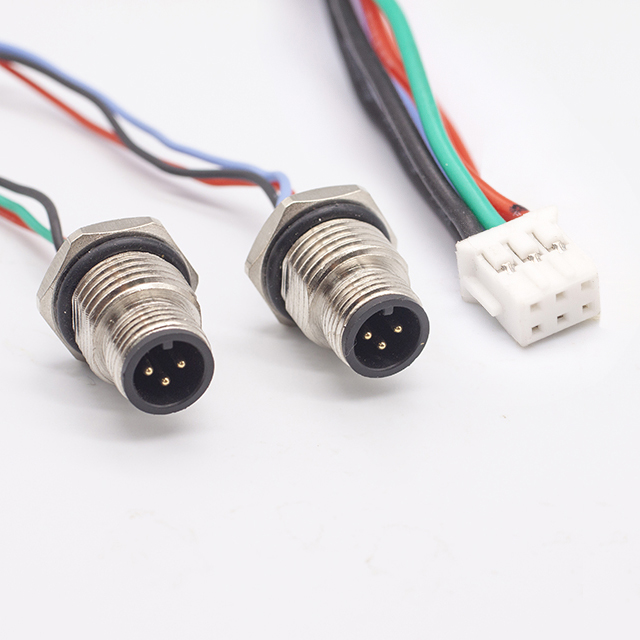It is an indisputable fact that optics are widely used in automobiles. Optical devices are blooming everywhere in cars and leading the future. Whether it’s car lighting, interior ambient lighting, optical imaging, LiDAR, or fiber optic network.
For higher speeds, cars require data transmission from copper to optical physics. Due to its unparalleled electromagnetic compatibility, reliability, and low cost, optical Ethernet connectivity perfectly solves the electromagnetic interference and various challenges of vehicles:
EMC: Fiber optic is essentially free from electromagnetic interference and does not emit interference, thereby saving a lot of additional development time and costs.
Temperature: Fiber optic cables can withstand an extreme temperature range of -40 º C to+125 º C for environmental operation.
Power consumption: Simpler channels allow for lower power consumption than copper, thanks to simpler DSP/equalization and no need for echo cancellation.
Reliability/Durability: The selection of 980 nm wavelength aligns VCSEL equipment with automotive reliability and lifespan.
Inline connectors: Due to the absence of shielding, the connectors are smaller and more mechanically robust.
Power overhead: Compared to copper, up to 4 inline connectors with a speed of 25 Gb/s2 and 2 inline connectors with a speed of 50 Gb/s can be inserted over a length of 40 meters. Only 2 inline connectors can be inserted using copper, with a maximum length of 11 m and 25 Gb/s.
Cost effectiveness: The lower diameter of OM3 fiber can achieve significant cost benefits. In contrast, the copper shielded differential pair (SDP) cores of 25GBASE-T1 are AWG 26 (0.14 mm2) and AWG 24 (0.22 mm2). As a reference, the core of Cat6A cable is usually AWG 23.
Post time: Aug-07-2023






